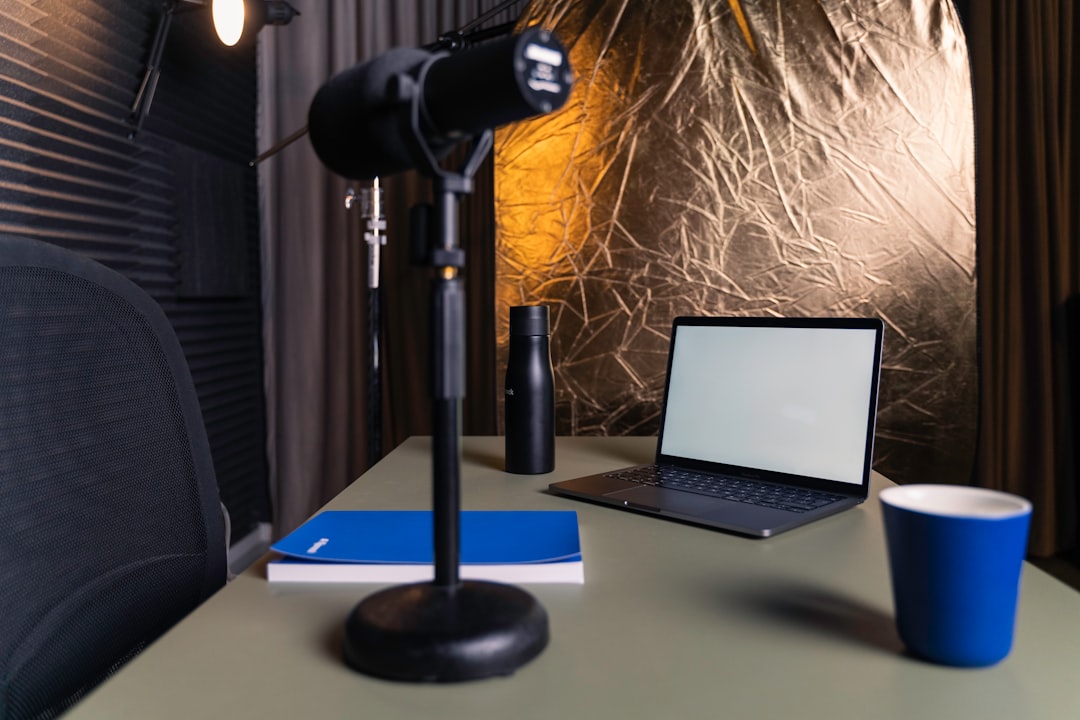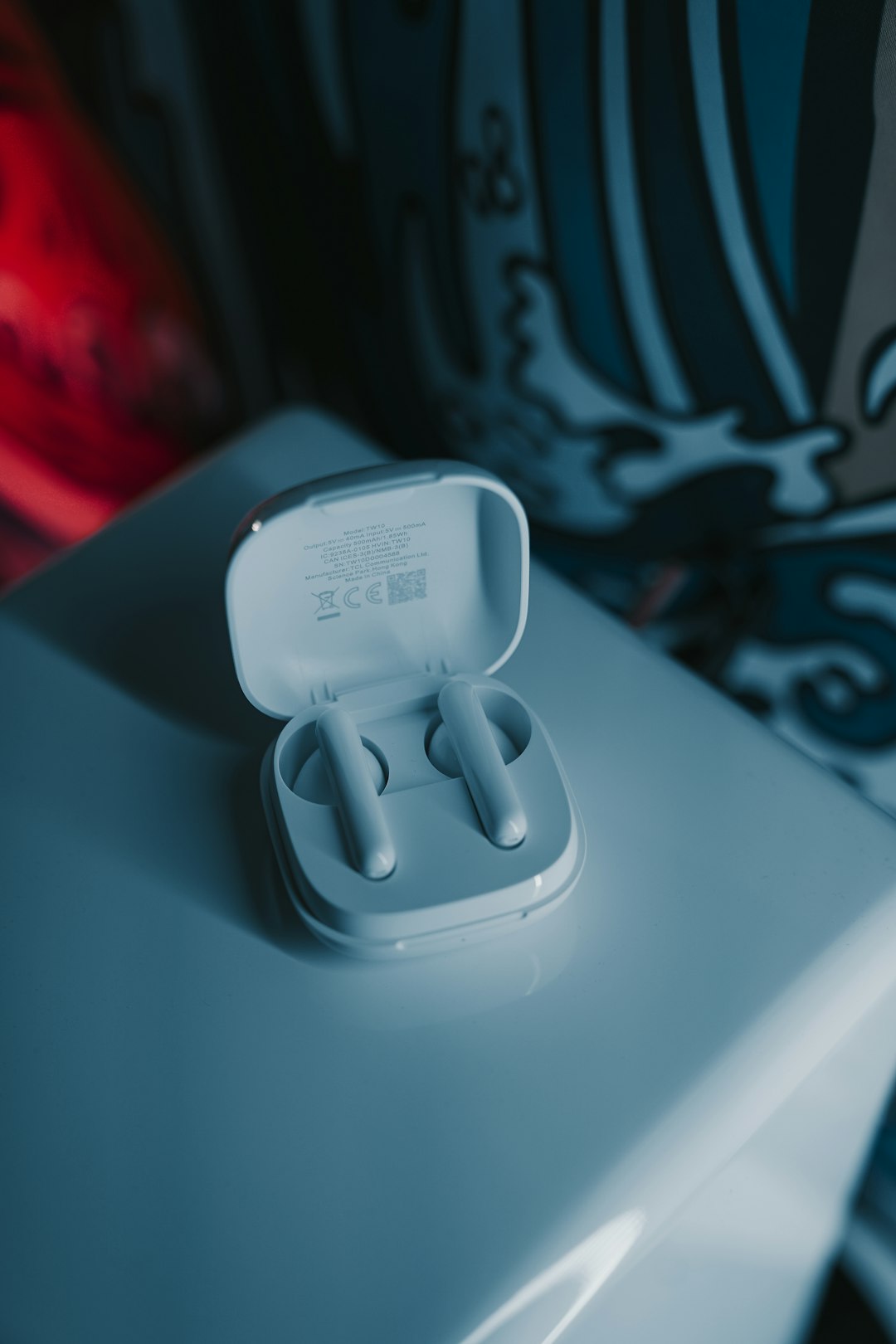For gamers, streamers, remote workers, and audio professionals, the clarity of a headphone microphone can significantly impact communication and overall work quality. Whether it’s coordinating team strategies in a multiplayer game, recording a podcast, or delivering a critical point during a virtual meeting, a clear and distortion-free voice is paramount. Yet, what many users overlook are the seemingly minor accessories that influence microphone performance—namely, mic covers and stands.
Understanding Microphone Clarity
Microphone clarity is determined by how accurately the mic captures and reproduces sound. Many factors influence this clarity, including:
- Microphone element quality
- Ambient noise levels
- Mic positioning relative to the mouth
- Software enhancements and settings
- Accessories like covers and stands
While users often upgrade their headsets or install noise reduction software, the physical aspect of microphone usage can make just as much of a difference. This is where mic covers and stands come into play.
The Role of Mic Covers
Mic covers (often called windscreens or foam filters) are simple yet effective. They fit over the microphone to serve several purposes:
- Minimize plosive sounds: Sounds from “P” and “B” letters can create unpleasant bursts of air. Mic covers diffuse these pressure waves.
- Reduce breathing noise: Heavy breathing into the mic can be jarring. Covers soften those sounds.
- Block minor wind or fan noise: Ideal for environments with background air circulation.
- Enhance hygiene: Foam covers can catch saliva and are washable or replaceable, keeping the mic clean.
Windscreens are typically made from high-density foam or artificial fur (used in high-wind conditions). Choosing the right material and size is essential for optimal mic performance. A cover that’s too thick might muffle your voice, while a thin or loose one won’t reduce unwanted noise effectively.

Types of Mic Covers
There are several types of mic covers based on usage and mic size:
- Foam windscreens: Most common for headset microphones. Soft, breathable foam, ideal for indoor use.
- Pop filters: Typically used with larger microphones on stands. These screen out plosives and are usually not suited for small headset mics.
- Dead cats: Made of artificial fur, these covers are meant for outdoor recording in windy settings. These are rarely used for typical headset mics.
If you’re using a standard gaming, wireless, or office headset, the foam windscreen is sufficient and can reduce noise impressively well without impacting vocal frequency response.
Why Stands Matter for Headset Mics
While mic covers improve how audio is captured, mic stands affect how consistently the mic functions. Headsets typically have built-in booms, but not all hold the mic steadily in place or allow positional customization. External stands can dramatically enhance positioning stability and comfort.
Mic stands for headset mics may include flexible booms or desktop mounts. Some users go as far as attaching the mic to an adjustable arm separate from the headset, especially if the headset mic detaches. This frees the user from having to wear a heavy headset for long hours and positions the mic for better acoustics.
Benefits of Using Proper Stands
- Consistent distance from the mouth: Ensures uniform sound capture and reduced need for post-processing.
- Elimination of handling noise: Vibrations or movement from the head or desk don’t easily affect mic input.
- Better ergonomics: Long-term headset wear can be tiring; separating the mic allows for flexibility.

Combining Covers and Stands
The best microphone clarity is achieved when both mic covers and stands are used together. A mic cover filters and protects, while a mic stand positions and supports. Together, they allow users to focus on their activity without constantly adjusting or compensating for poor audio quality.
Whether you’re a podcaster, call center operator, or gamer, combining these tools can upgrade voice communication quality from average to professional. Additionally, this combo helps get the most out of budget mic setups by enhancing the mic’s natural performance without breaking the bank.
Maintenance & Replacement
To maintain long-lasting clarity:
- Clean foam covers regularly: Wash them with warm, soapy water and air-dry fully before reuse.
- Inspect for wear: A degraded cover won’t offer adequate protection or noise suppression. Replace if torn or stiff.
- Check mic stand joints: Loose hinges or clamps can cause mic drift, knocking clarity over time.
High-quality accessories can last many months or even years with proper care, and investing a bit more initially often results in much better durability.
Choosing the Right Accessories
When selecting mic covers and stands, users need to consider their specific setup and needs:
- For gamers and streamers: Use foam covers with boom-style arms to maintain comfort and consistent sound.
- For podcasters and musicians: Larger mic setups may benefit from pop filters and shock-mounted stands.
- For remote workers: Discreet foam covers on built-in headset mics are perfect for minimizing noise without cluttering the workspace.
Online reviews and tutorials can often guide you to the accessories that best suit your exact headphone model and intended use.
Conclusion
Audio quality isn’t just about the devices you buy—it extends to the accessories you attach to them. Mic covers and stands might seem small, but they play a huge role in shaping vocal clarity and communication quality. For serious users who rely on voice transmission daily, they’re an essential upgrade, not an optional extra.
By understanding how these tools work and implementing them into your audio workflow, you can eliminate background noise, reduce vocal distortion, and achieve a more professional and reliable sound experience.
FAQs
-
Q: How often should I replace my microphone cover?
A: Replace foam covers every 6–12 months, or sooner if they show signs of wear, stiffness, or damage. -
Q: Can I use a mic stand with a built-in headset mic?
A: Some headsets allow detachable mics which can then be mounted on stands. For built-in mics, look for stabilizing boom attachments. -
Q: Will a mic cover muffle my voice?
A: If properly fitted and made from the right material, a mic cover will not significantly affect voice quality but will improve clarity. -
Q: Are mic stands really necessary for casual users?
A: While not essential, a mic stand greatly enhances comfort and recording quality during longer sessions. -
Q: Can I clean my mic cover in a washing machine?
A: It’s best to hand-wash mic covers in warm, soapy water. Machine washing could tear the foam.
